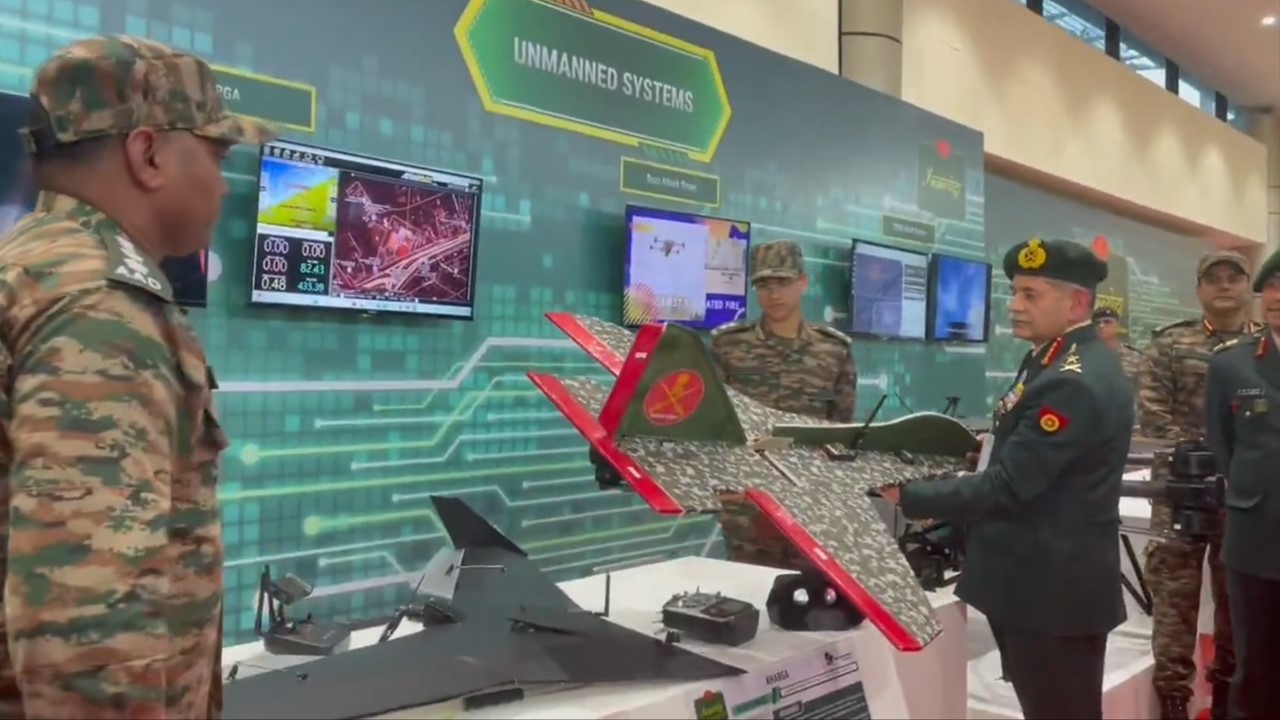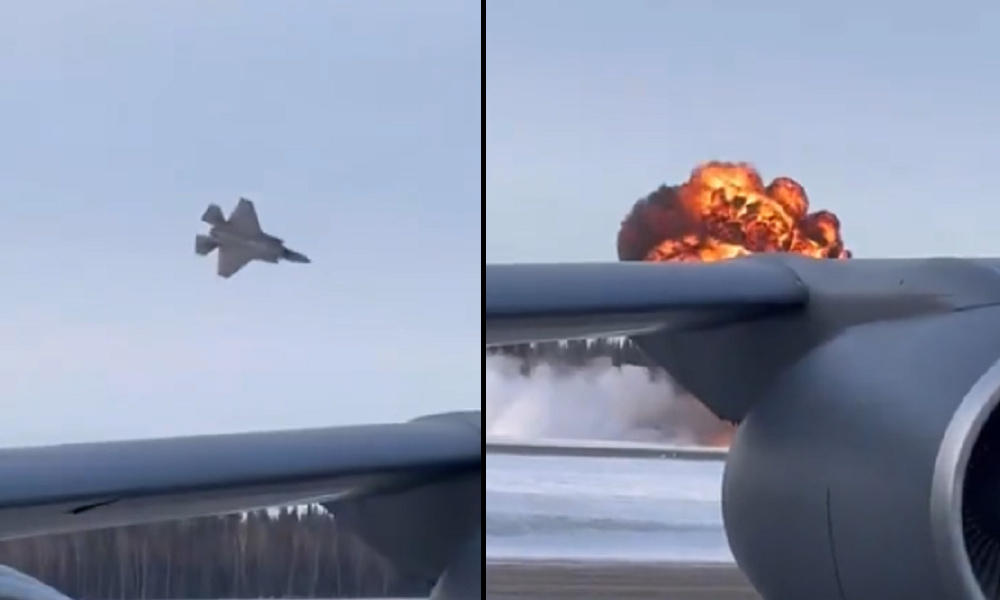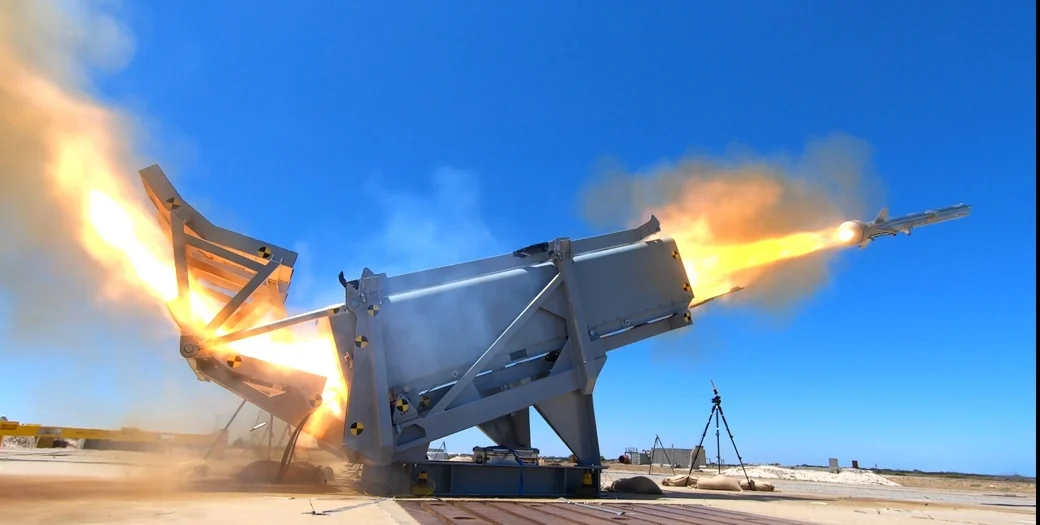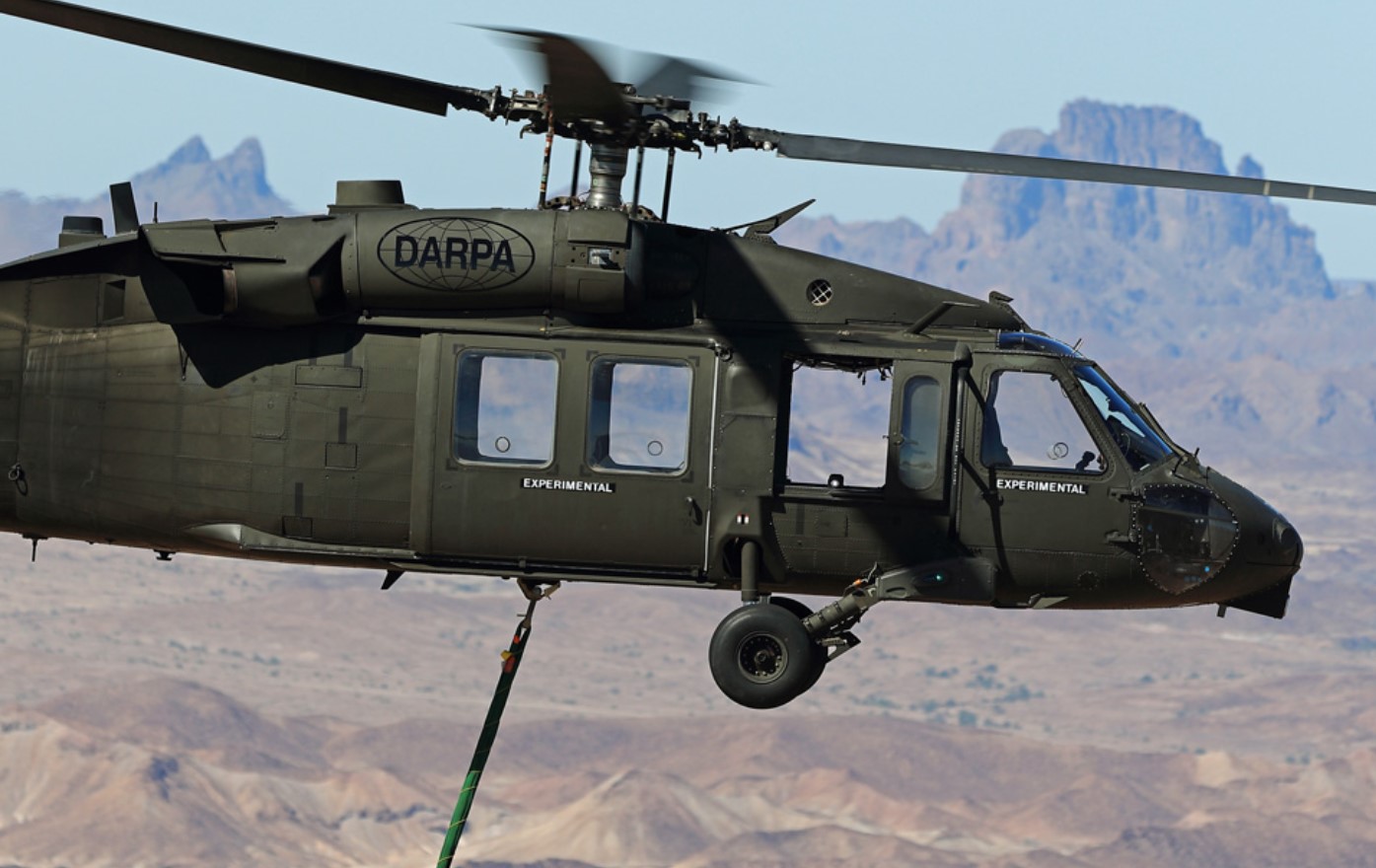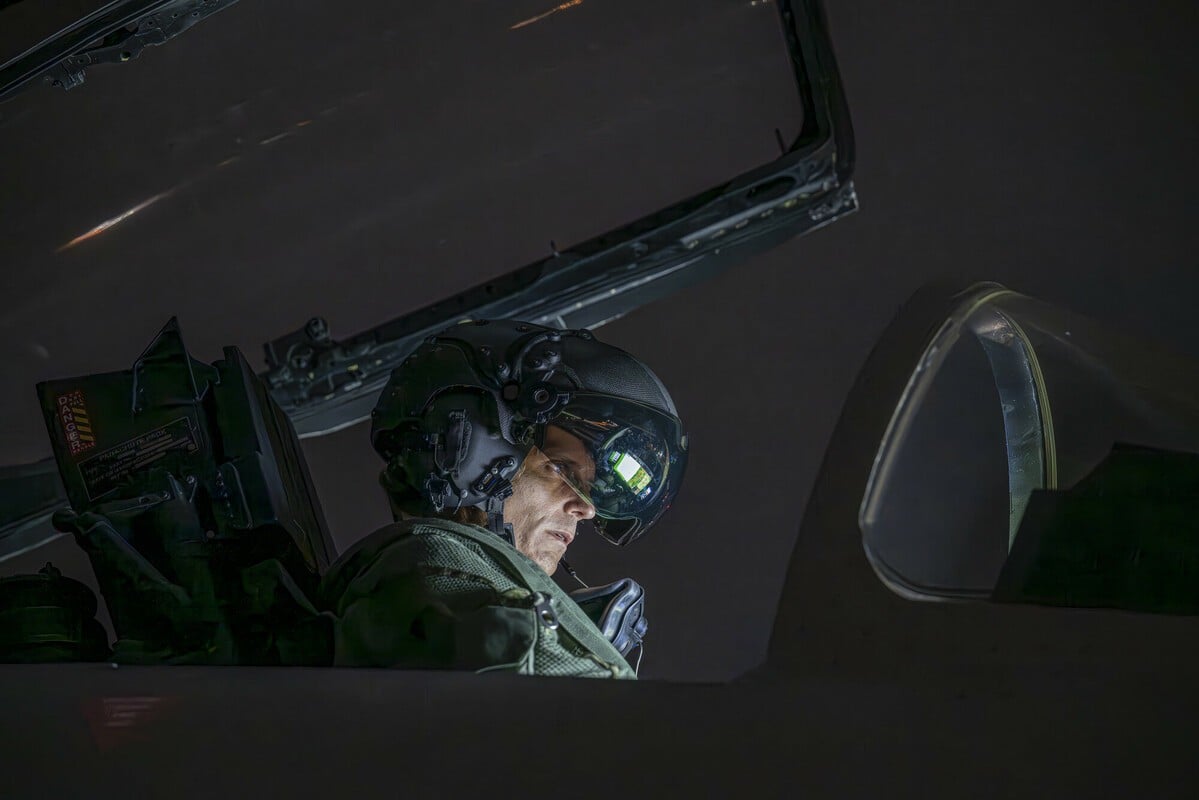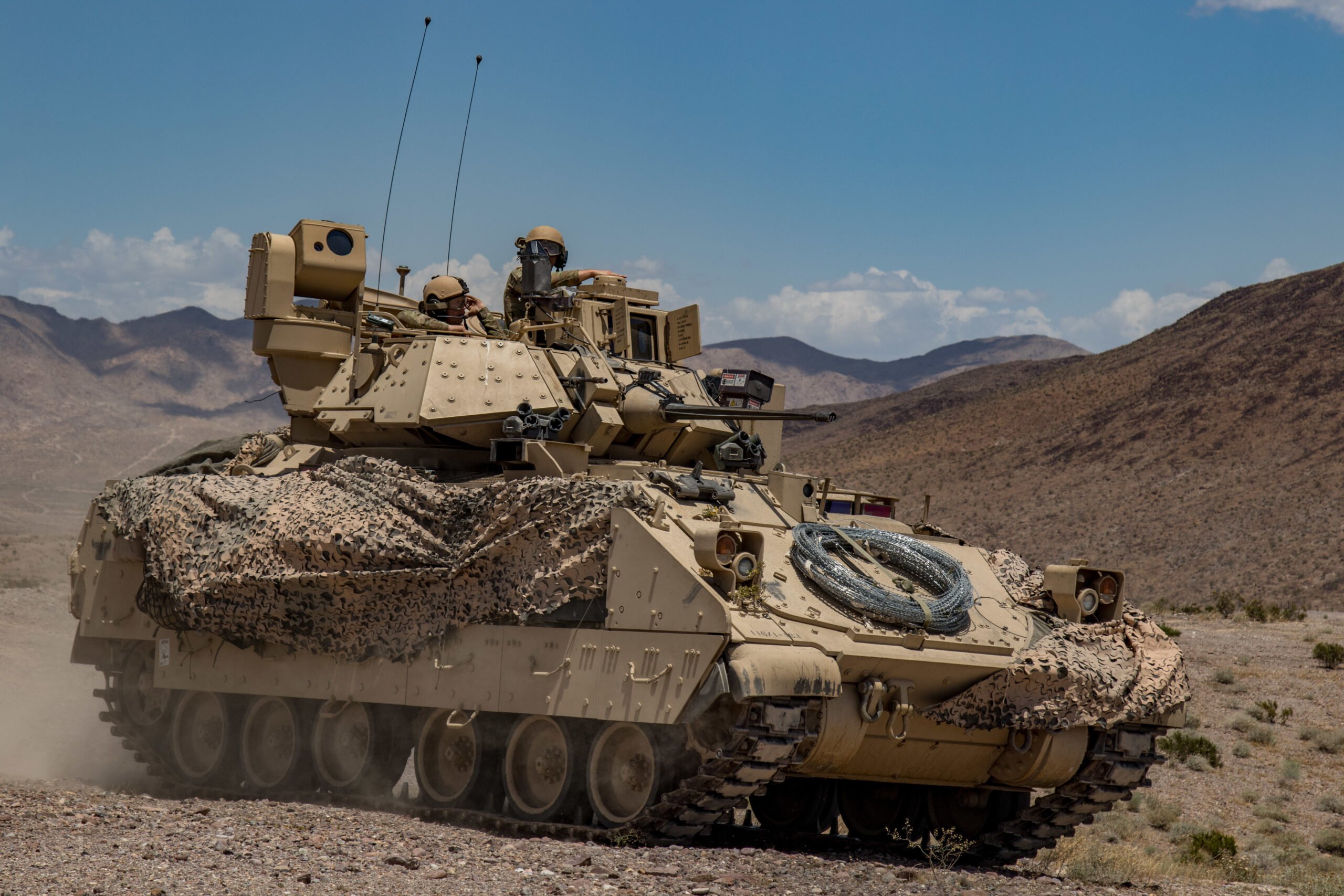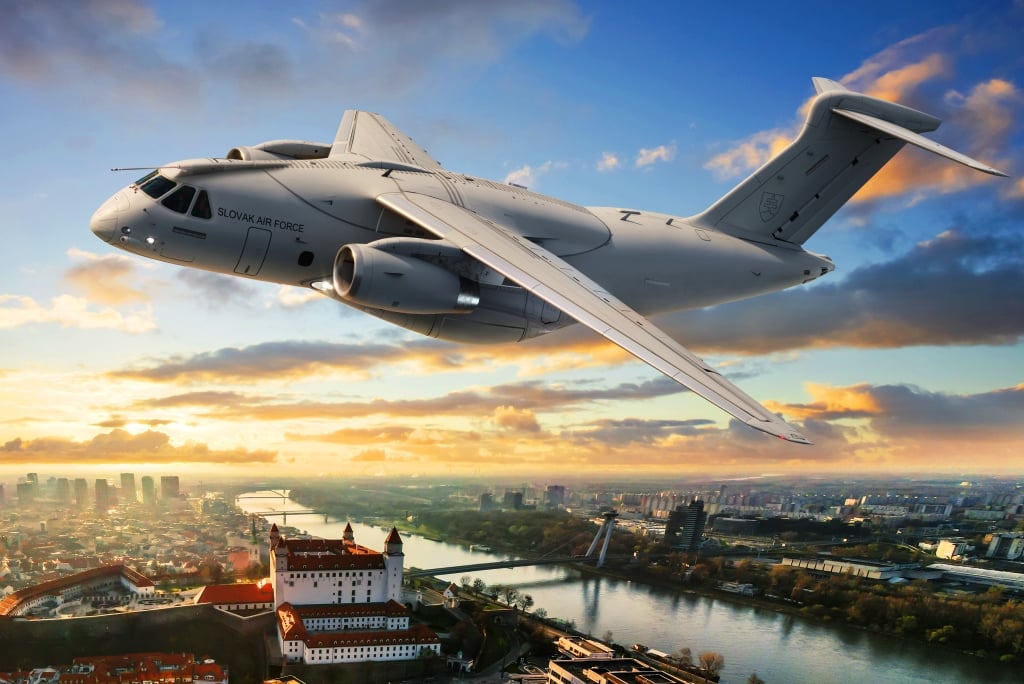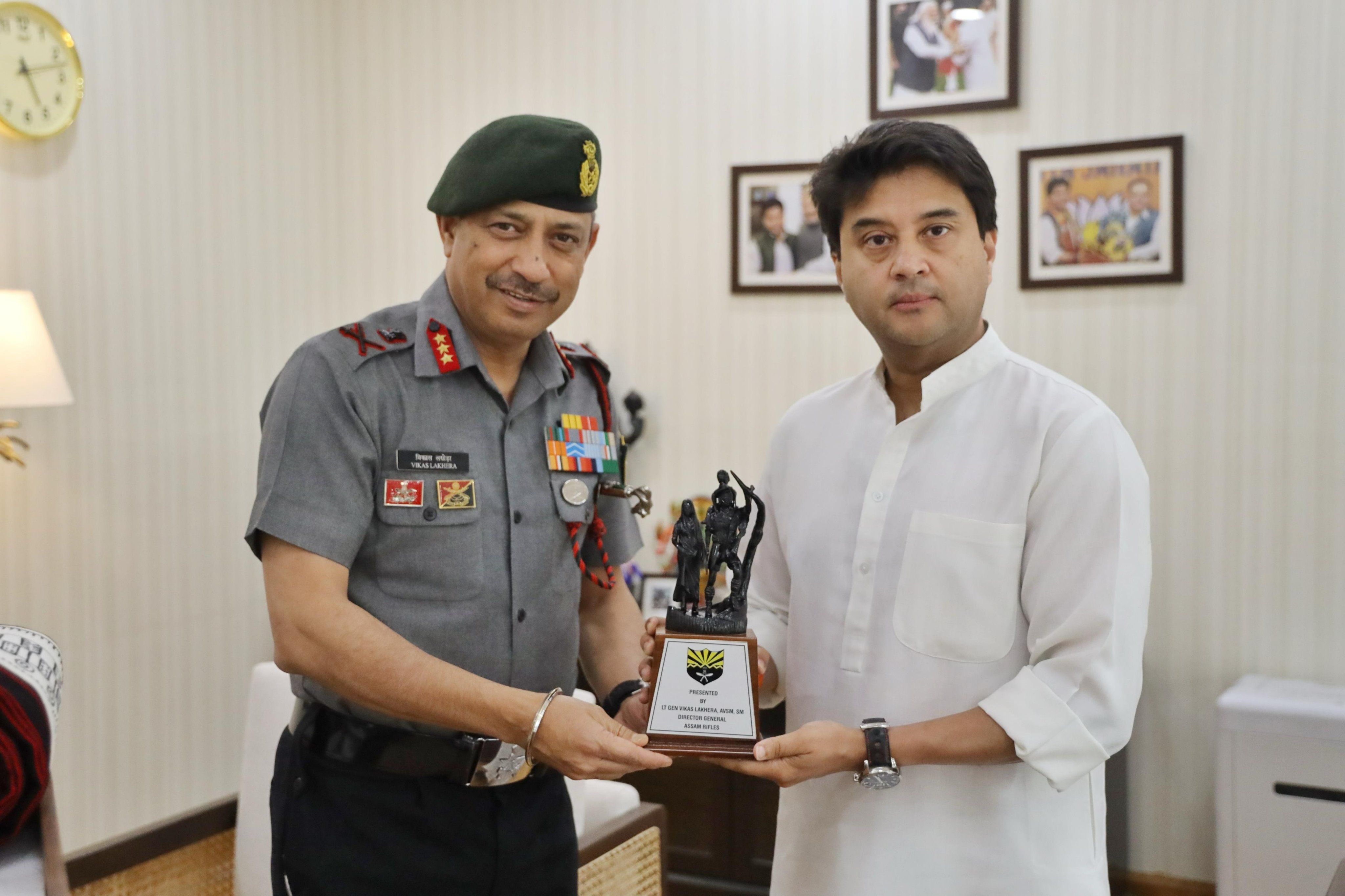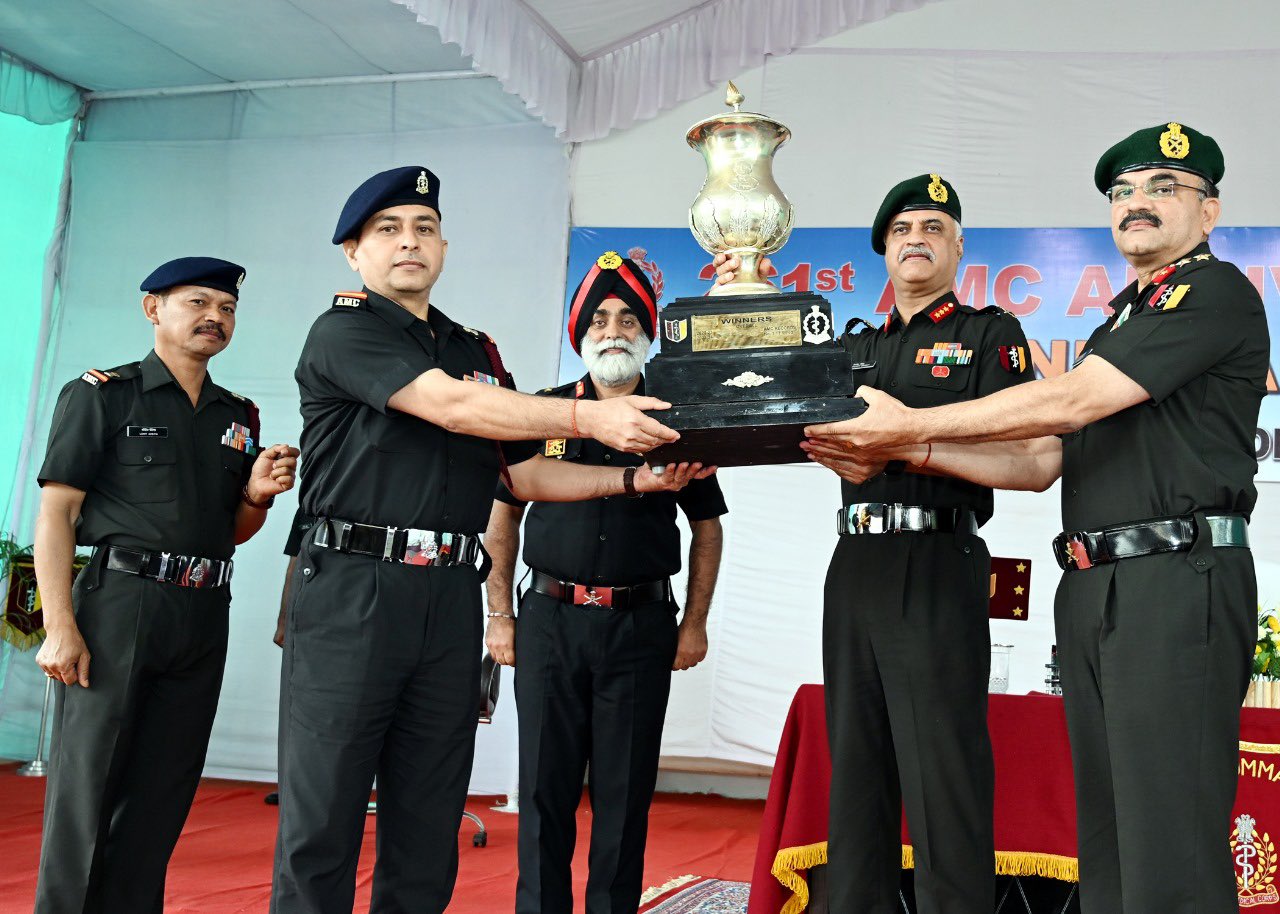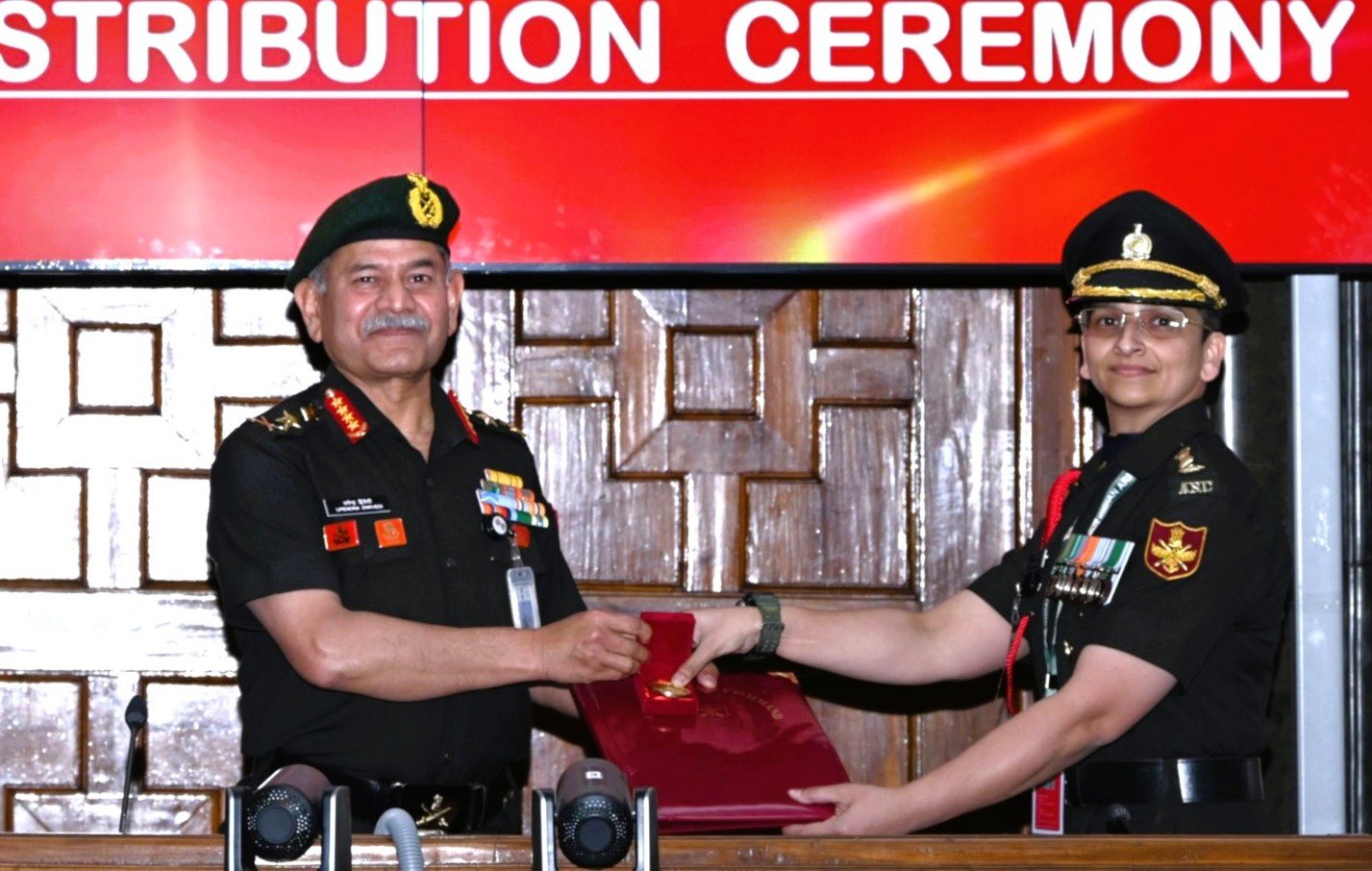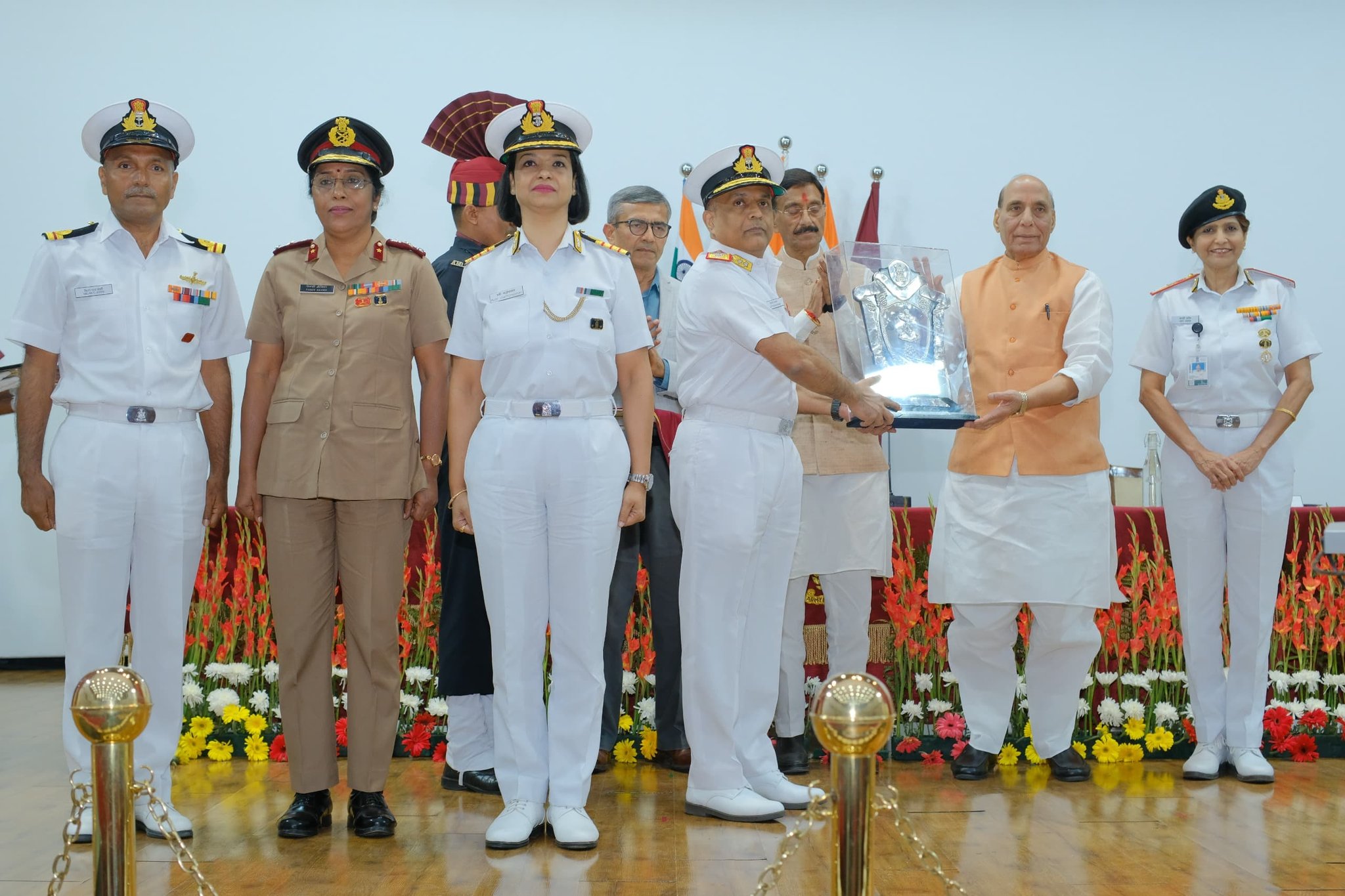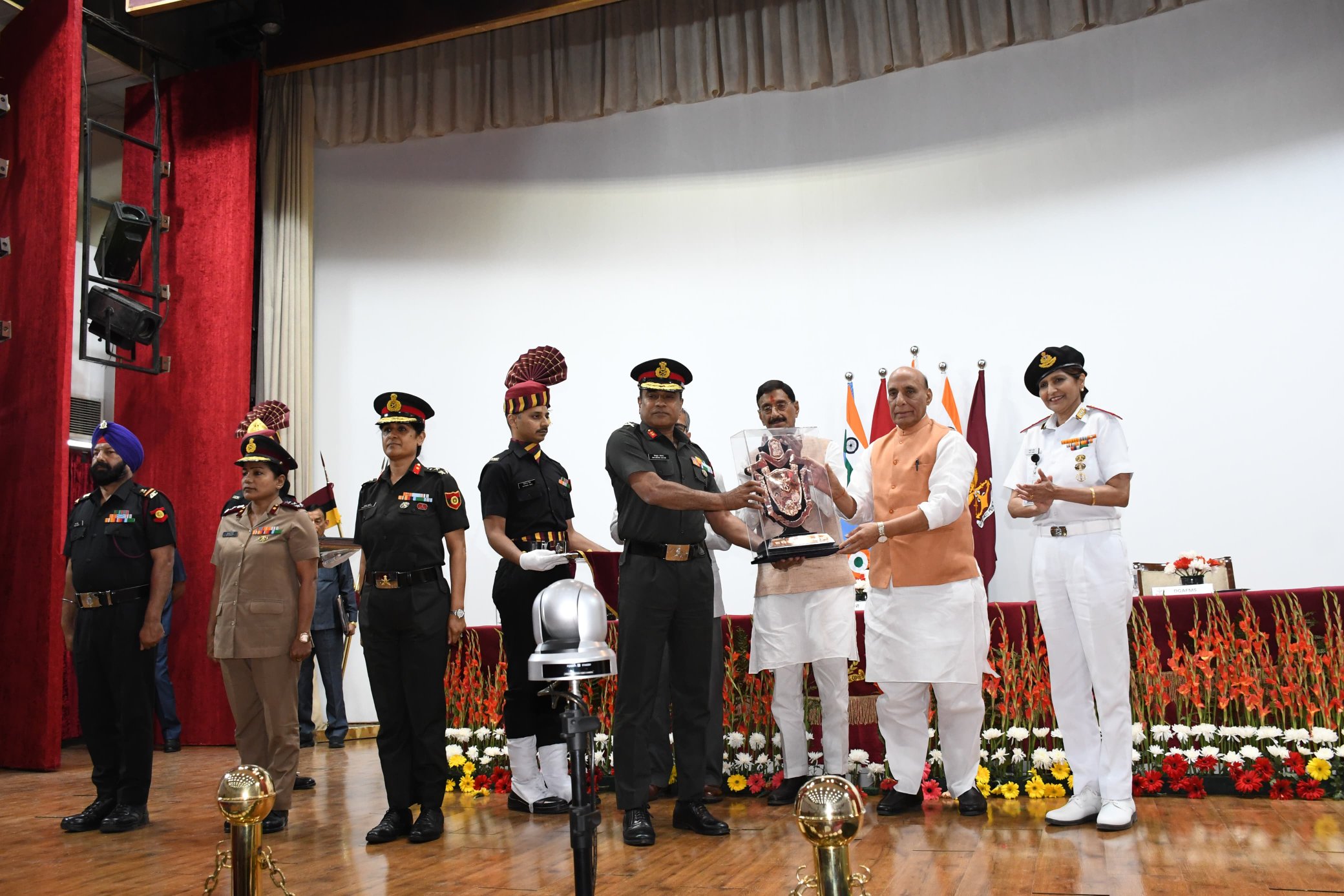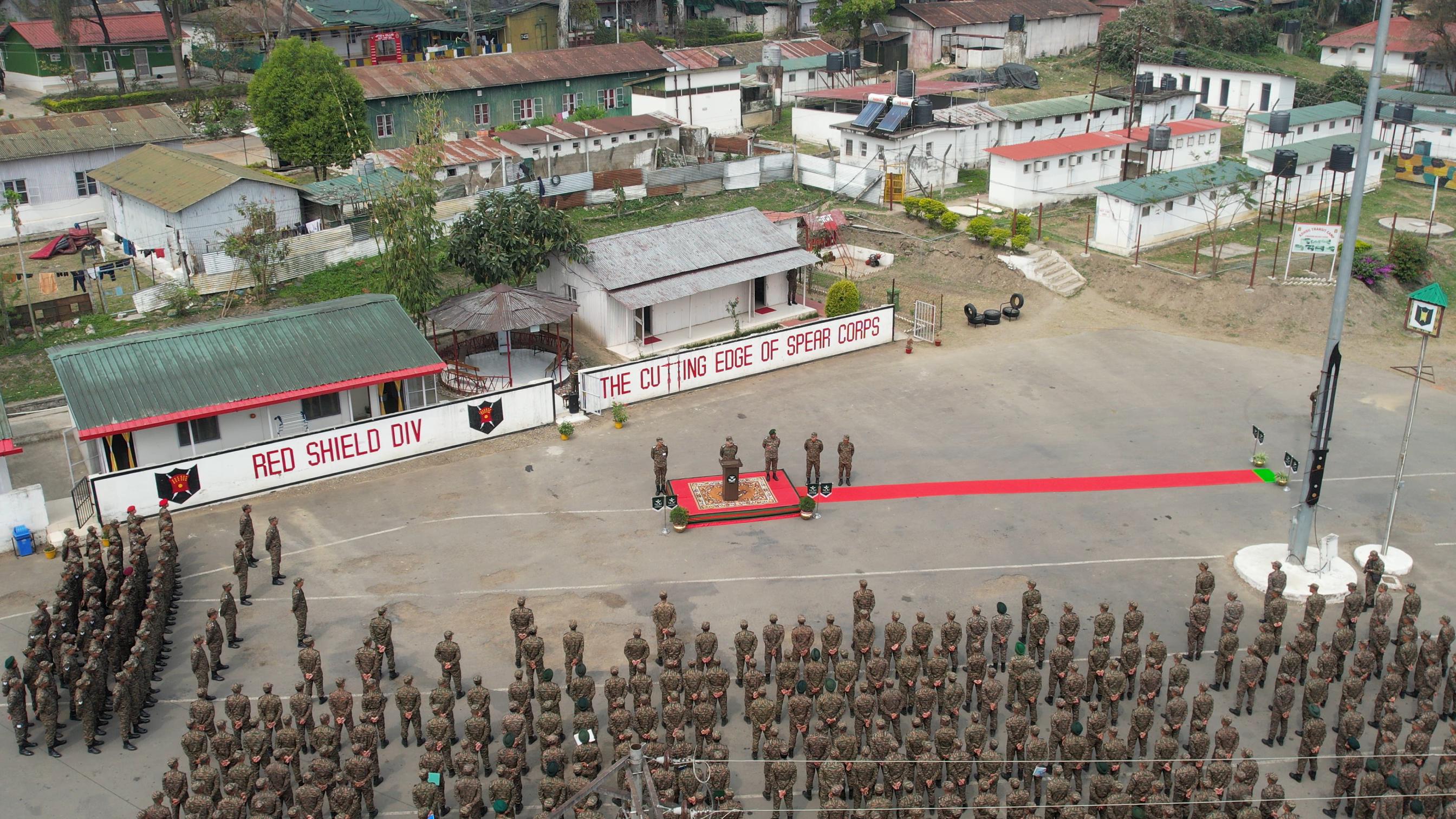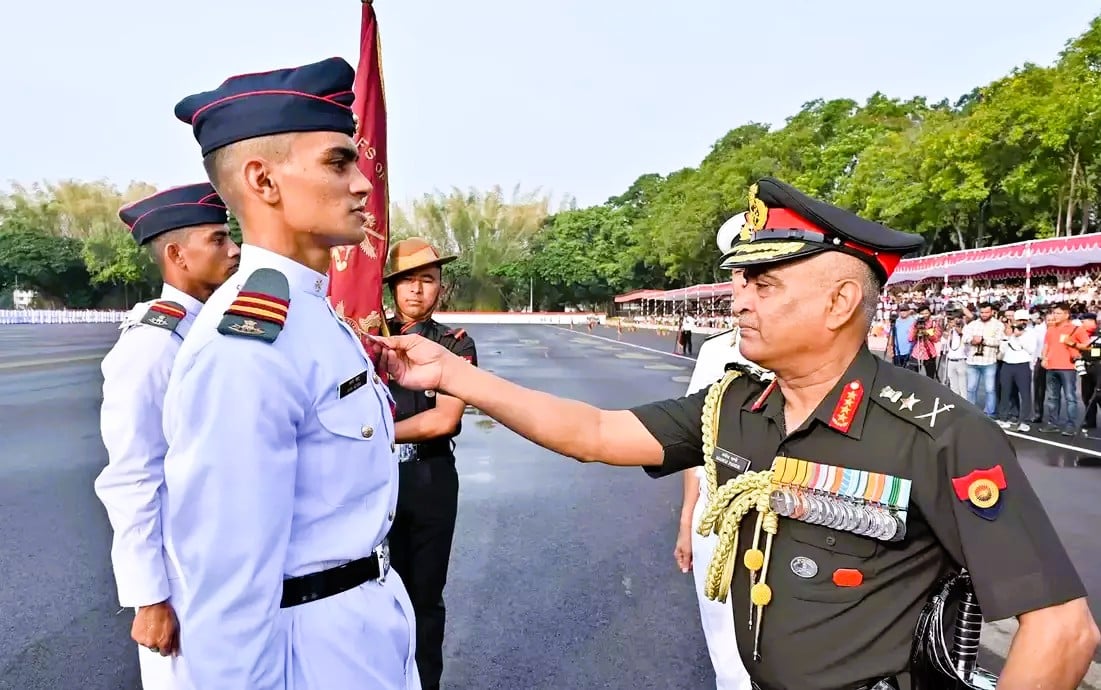The Indian Army has made significant strides in its technological capabilities with the development of a new high-speed unmanned aerial vehicle (UAV), aptly named “Kharga.” This advanced drone is designed to support a range of missions, including precision intelligence, surveillance, and combat operations. The Kharga can achieve speeds of up to 40 meters per second (approximately 131 feet per second), outpacing the US military’s RQ-20 Puma drone and rivaling the MQ-27 ScanEagle drone in terms of velocity.
One of the standout features of the Kharga drone is its impressive payload capacity, able to support up to 700 grams (1.5 pounds) of equipment, which includes the ability to carry powerful explosive devices. The Kharga has been designed as a cost-effective solution within India’s ongoing focus on self-reliance in defense manufacturing. Each unit reportedly costs around 30,000 rupees, equivalent to approximately $353, making it an economical addition to the military’s arsenal.
The UAV is equipped with a GPS navigation system, but it stands out because it can operate effectively in contested and denied environments, thanks to its sophisticated electronic warfare countermeasures. Additionally, the Kharga is fitted with a high-resolution camera that enhances its reconnaissance capabilities, allowing it to undertake missions at ranges exceeding 1.5 kilometers (0.9 miles). This functionality is likely to expand the operational versatility of the Indian Army’s aerial reconnaissance efforts.
While the Kharga drone showcases a significant technological advancement, it is part of a broader initiative by the Indian Army to modernize its drone fleet. Alongside the Kharga, the army has recently embraced the Sirin Hexadrone, a hexacopter that can be equipped with weaponry for combat operations. Furthermore, trials of several domestically-developed drones capable of operating at altitudes above 15,000 feet have also taken place.
Additionally, the Indian Army recently integrated the “Sabal 20” UAV into its operations, which sports a design reminiscent of Boeing’s Chinook helicopter. The induction of these advanced drones highlights India’s commitment to bolstering its defense capabilities while ensuring economic efficiency and technological self-sufficiency. However, specifics regarding the timeline for the deployment of the Kharga drone in operational scenarios remain uncertain.

